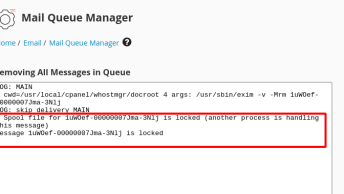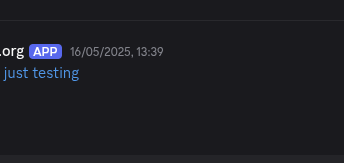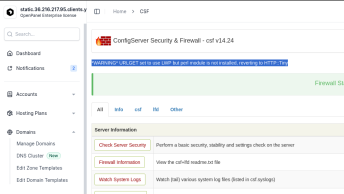The choice to use Linux is a complex one. It is not merely enough to select it as your operating system, but also to pick which distribution you wish to use, and while each features the same kernel at its core, the end user experience is quite different. For a certain type of Linux user, Arch Linux is a refreshing choice in an increasingly complex worl that seems determined to rob its users of choice and flexibility.
Linux distributions are struggling to outdo themselves with an increasingly demanding array of features and eye candy. Ubuntu re-invents some crucial aspect of itself with every new release, often causing consternation among its many users. Other distributions such as Red Hat Enterprise Linux create a free tier which, while substantial, doesn’t receive the level of support and features included in its commercial distributions. The result is a complex, changing landscape that gives some power users a feeling they might not like–lack of control. By contrast, Arch is minimal. This statement has a number of implications that lend themselves to those seeking a more custom, controlled Linux experience.

First, Arch makes no assumptions about the type of system you want when it is installed. Ubuntu’s desktop distribution opines that all desktop systems will feature a graphical environment of some flavor, and while that may be true in most circumstances, it is not always a given. Also, it is generally more difficult to pair down a system with extra cruft installed than it is to build a system exactly how you’d like.
Arch doesn’t saddle you with this assumption. Its developers believe in giving you a system with no unnecessary additions, adopting the perspective of a developer rather than a casual user. It is certainly easy to build a system as feature-packed as any sophisticated desktop Linux, but Arch’s installation process doesn’t pretend to know more than you. Not only does it only require that you install a minimal system, but it even lets you choose your own bootloader. You can also choose package groups to create a more full-featured install, such as those for your favorite desktop environment.
The Linux landscape is fairly complex. Whereas most other operating systems distill all of the choices available to a Linux user down to a simple all-inclusive version number, Linux users have the choice of different kernel versions, desktop environments and even revolutionary new filesystems such as the upcoming BTRFS. Many are content to let their distributions choose the most optimal kernel version, desktop environment and even the most polished applications for given tasks. This is simply unacceptable or impossible for some, though, and for these users Arch is an exceptional choice.
Arch features rolling releases. Occasionally, new versions of installation media are produced to help new or existing users create new systems. Once an installation is complete, all installed packages can be updated to their newest versions at any time.
Rolling releases have other exciting implications. It sometimes takes distributions months or years to incorporate new technologies, leaving users waiting to try the newest version of their favorite desktop environment, or that new kernel version with some crucial optimization. The newest Arch Linux installation media already includes the fairly recent 3.0 kernel, which other distributions will only adopt after their next release. Similarly, new releases of GNOME and KDE appear in Arch shortly after they go gold.
Finally, Arch Linux is by developers for developers. Many Linux distributions require detailed criteria and the completion of extensive processes before packages are made available to end users. This is a benefit to those unable to debug system-related issues or tolerate the occasional broken package, though it introduces delays that slow down incorporation of bleeding-edge software.
Arch’s package repository is operated by the community. Anyone can join and contribute a package build definition for their favorite software, or improve that provided by someone else. While there is an official repository that ensures the integrity of crucial infrastructure, a single community repository as a first-class citizen results in an agility that other distributions cannot hope to achieve. The result is a system whose core should always remain stable, along with the latest and greatest of a wide variety of applications.
Linux is an operating system that grants the power user a great deal of flexibility. Many are content to use a desktop distribution that provides everything that is necessary, of which there are many choices. Still others are happy building their systems entirely from scratch. For those seeking an ideal middle ground, Arch Linux offers both power and ease of use in an unprecedentedly convenient package.



